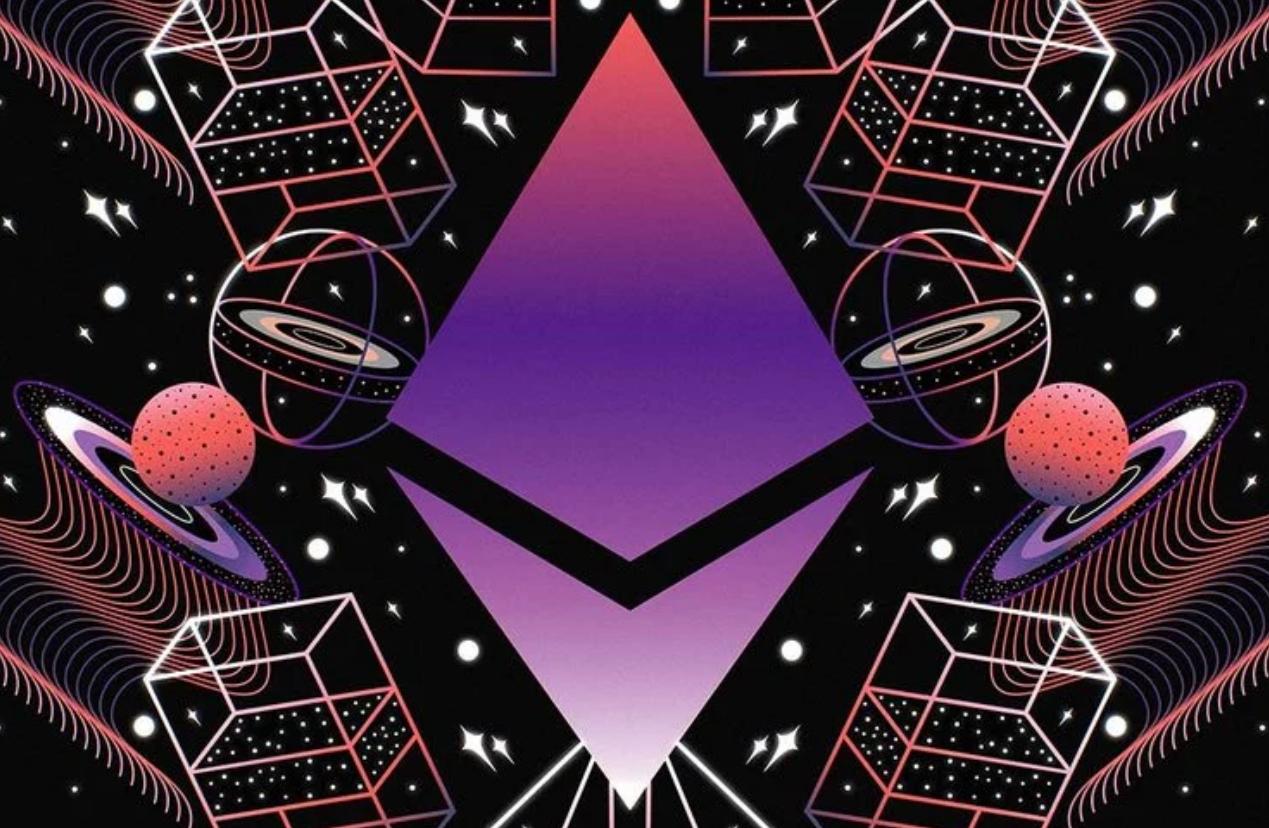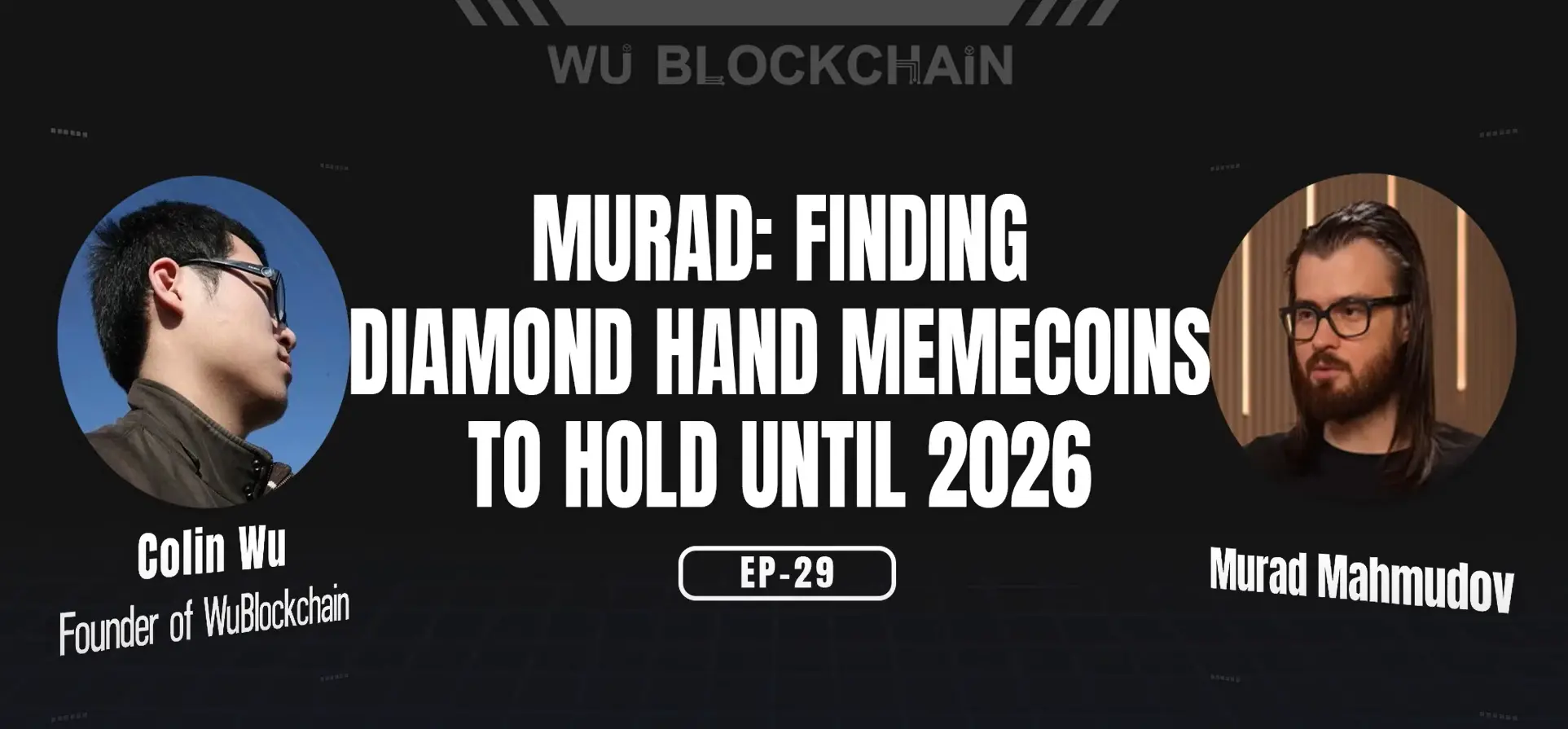Viewpoint: After Ethereum transitions to POS, gas fees will not decrease; escaping the "noble chain" requires sharding and L2
Author: Wu Zhuocheng
Original Title: 《Analysis: Ethereum's Gas Fees Will Not Decrease After Transitioning to POS, Escaping the "Noble Chain" Requires Sharding and L2》
Editor: Colin Wu
People have great expectations for Ethereum 2.0, but there is a common misunderstanding that "Ethereum 2.0 will lower Gas fees."
This statement requires two clarifications: first, the upgrade to 2.0 is a long-term process, and the "merge" expected to be completed within the year will not lower Gas fees; what can truly lower Gas fees is "sharding"; second, even after sharding is completed, it can only ensure a reduction in L2 Gas fees, while L1 may forever remain a "noble chain."
Gas fees are essentially the price of energy, and thus they are determined by supply and demand. Here, the supply refers to the available computational and storage space, i.e., scalability, which is specifically measured by TPS and block size.
You could, as Musk hopes, accelerate Ethereum's block time by 10 times and increase the block size by 10 times, which would reduce transaction fees by 100 times. The process is also quite easy, requiring only the modification of two parameters, but the end result would be transforming Ethereum into another blockchain similar to Polygon or BSC. In fact, to balance decentralization, Ethereum's block size and block time have already reached theoretical limits.
Therefore, the only remaining route is to increase TPS; however, the merge of Ethereum 1.0 and 2.0 will not enhance the network's computational capacity. This explains the first misconception: after the "merge," Ethereum's Gas fees will not change at all; the only thing that changes is the way blocks are produced (block time may slightly decrease, but the impact is minimal). From another perspective, perhaps more importantly, it may eliminate the accusation of "wasting energy."
The technology that can truly increase TPS is sharding, but sharding is a process, not a moment like the merge, so it is currently difficult to estimate the final TPS. Based on existing information, we can confirm that the first phase will launch 64 shard chains, but this does not mean that Ethereum's capacity will increase 64 times, as the capacity of shard chains is not equal to the current Ethereum. A reasonable estimate is that each chain's capacity will be about 1/3 to 1/2 of the current, so the overall size will increase by approximately 21-32 times. At the current pace, all of this is expected to be completed by the end of 2023.
However, even if everything proceeds as planned, it does not mean that L1's Gas fees will decrease. Returning to the earlier point, prices are determined by supply and demand; we have just calculated the changes in supply while neglecting demand. Even conservatively estimating, Ethereum's future transaction volume is expected to increase at least 5 times, and if the coin price also rises 5 times, then the Gas fees in USD will not change significantly.
Some may believe that the 64 shard chains are just in the first phase and will eventually increase to 1024. This remains theoretical; in reality, it involves the issue of "minimum node count." Sharding will disperse nodes, so the security of a single shard chain is not as high as that of current Ethereum. To ensure that shard chains are not easily attacked and that the network has sufficient redundancy (including data availability sampling), the minimum node count must be at least in the hundreds. Therefore, it is currently difficult to prove that a blockchain with hundreds of shard chains is reasonable.
As demand gradually increases, L1's Gas fees will only rise higher. What we refer to as lowering Gas fees actually pertains to L2. L2 will create an off-chain transaction execution environment independent of L1 and will upload the computation results to any shard chain after processing the transactions. Essentially, this reflects the impossible triangle problem of blockchain; the reason Ethereum cannot significantly enhance scalability is precisely due to decentralization. Rollups do not need to focus on these issues; they only need to concentrate on improving transaction efficiency, leaving security and decentralization to L1. Therefore, Rollups do not have the issue of minimum node count, their maintenance costs are very low, and naturally, there is no upper limit on quantity.
Currently, the Gas fees on OP Rollup are 1/8-1/3 of those on Ethereum, while the Gas fees on ZK Rollup are expected to be 1/100-1/40 of those on Ethereum. Therefore, after sharding is completed, the Gas fees on ZK Rollup will further shrink to 1/7000-1/3000. It is necessary to explain why sharding can significantly reduce L2's Gas fees but may not necessarily reduce L1's. There are two reasons. First, the number of shard chains has a practical limit, while the number of L2 can continuously increase, thus allowing for unlimited expansion to meet demand. Second, Ethereum possesses value storage, and its price is likely to rise with the continuous expansion of the crypto market, but L2's governance tokens are merely fuel; if they become too expensive, no one will be willing to use them.
Moreover, the larger the transaction volume on L2, the higher the total fees paid when purchasing L1 block space, so in the future, it is possible that L2 Gas fees gradually decrease while L1 Gas fees gradually increase. Perhaps by then, all trading activities on L1 will come from data uploads from L2, and personal users will no longer be found.
References:
1. https://vitalik.ca/general/2021/05/23/scaling.html
2. https://www.youtube.com/watch?v=b1m_PTVxD-s\&t=1979s










